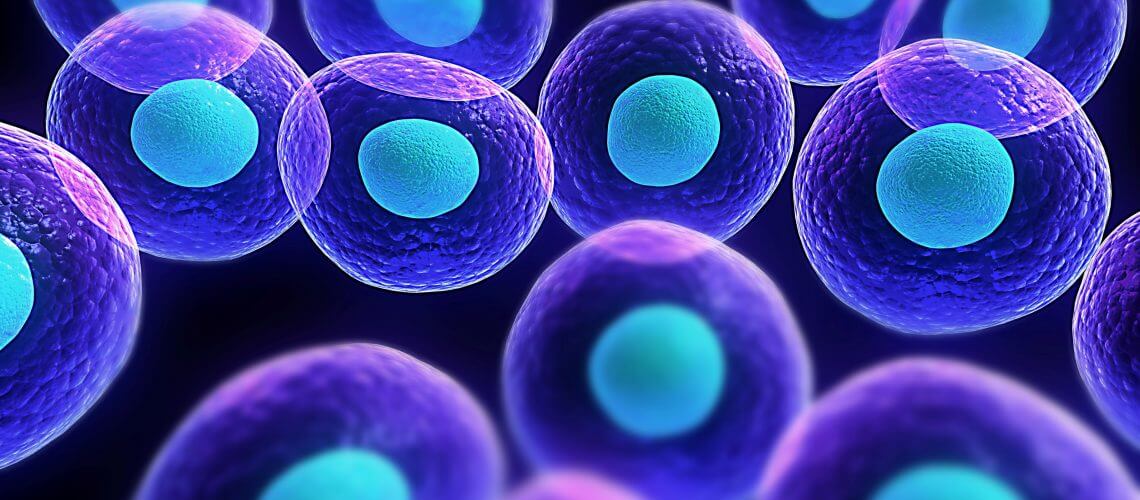Table of Contents Show
As I prepare for my exams, I need to master the structure and function of organelles in animal cells. Organelles are specialized structures within the cell, each performing specific tasks that are essential for the cell’s survival and proper functioning. Let’s go through the main organelles and their roles.
1. Nucleus
- Function: The nucleus is the control center of the cell, containing the cell’s genetic material (DNA). It regulates cell activities such as growth, metabolism, and reproduction by controlling gene expression.
- Interesting Fact: The nucleus is surrounded by a double membrane called the nuclear envelope, which has pores that allow selective exchange of materials between the nucleus and the cytoplasm.
2. Mitochondria
- Function: Known as the powerhouse of the cell, mitochondria produce energy in the form of ATP (adenosine triphosphate) through a process called cellular respiration.
- Interesting Fact: Mitochondria have their own DNA and can replicate independently of the cell, which supports the theory that they evolved from ancient symbiotic bacteria.

3. Endoplasmic Reticulum (ER)
There are two types of ER, both playing key roles in protein and lipid synthesis:
a. Rough ER:
- Function: The rough ER is studded with ribosomes and is involved in the synthesis of proteins. These proteins are often exported out of the cell or integrated into the cell membrane.
b. Smooth ER:
- Function: The smooth ER lacks ribosomes and is responsible for the synthesis of lipids, including hormones, and the detoxification of harmful substances.
- Interesting Fact: The smooth ER is abundant in liver cells, where detoxification of drugs and alcohol occurs.
4. Ribosomes
- Function: Ribosomes are the protein factories of the cell. They translate the genetic code from mRNA into proteins, which are essential for virtually every function in the cell.
- Interesting Fact: Ribosomes are found floating freely in the cytoplasm or attached to the rough ER, contributing to protein synthesis in both locations.
5. Golgi Apparatus
- Function: The Golgi apparatus acts as the post office of the cell. It modifies, sorts, and packages proteins and lipids for delivery to their target destinations within or outside the cell.
- Interesting Fact: The Golgi apparatus is particularly important in secretory cells, such as those that produce enzymes or hormones.
6. Lysosomes
- Function: Lysosomes are the digestive organelles of the cell. They contain enzymes that break down waste materials, cellular debris, and foreign invaders like bacteria.
- Interesting Fact: Lysosomes play a critical role in autophagy, where the cell digests its own damaged or aged components to recycle their building blocks.
7. Peroxisomes
- Function: Peroxisomes are responsible for detoxifying harmful substances in the cell, such as hydrogen peroxide. They also break down fatty acids and amino acids.
- Interesting Fact: Peroxisomes contain enzymes that convert hydrogen peroxide, a toxic byproduct of metabolism, into water and oxygen.
8. Cytoskeleton
- Function: The cytoskeleton is a network of protein fibers that provide structural support, shape, and mobility to the cell. It also aids in intracellular transport.
a. Microfilaments:
- Function: Microfilaments are thin fibers involved in cell movement and the maintenance of cell shape.
b. Microtubules:
- Function: Microtubules are larger fibers that form the spindle fibers during cell division and act as tracks for transporting organelles and vesicles within the cell.
- Interesting Fact: Microtubules make up the structure of cilia and flagella, which are responsible for cell movement in certain animal cells, like sperm cells.
9. Centrosomes and Centrioles
- Function: Centrosomes serve as the organizing centers for microtubules and play a key role in cell division. Within the centrosome, centrioles help form the spindle fibers that segregate chromosomes during mitosis.
- Interesting Fact: Animal cells typically have two centrioles per centrosome, which organize microtubules to ensure accurate cell division.
10. Vesicles
- Function: Vesicles are small sacs that transport materials within the cell. They can carry proteins, lipids, and other molecules between the ER, Golgi apparatus, and the cell membrane.
- Interesting Fact: Vesicles are vital in processes like endocytosis (taking materials into the cell) and exocytosis (expelling materials from the cell).
Summary Table of Major Cell Organelles and Their Functions
| Organelle | Function | Interesting Fact |
|---|---|---|
| Nucleus | Control center; contains genetic material | Surrounded by a double membrane with nuclear pores |
| Mitochondria | Produces energy (ATP) | Has its own DNA, supporting endosymbiotic theory |
| Rough ER | Protein synthesis | Studded with ribosomes |
| Smooth ER | Lipid synthesis and detoxification | Abundant in liver cells |
| Ribosomes | Protein factories | Can be free or attached to rough ER |
| Golgi Apparatus | Modifies and packages proteins and lipids | Key organelle in secretory cells |
| Lysosomes | Digests waste and external cellular debris | Involved in autophagy |
| Peroxisomes | Detoxifies harmful substances | Breaks down hydrogen peroxide into water and oxygen |
| Cytoskeleton | Structural support and cell movement | Microtubules form cilia and flagella |
| Centrosomes | Organize microtubules for cell division | Centrioles help form spindle fibers |
| Vesicles | Transport materials within the cell | Essential for endocytosis and exocytosis |
Conclusion
Each organelle in animal cells plays a vital role in maintaining the cell’s life processes, from energy production to waste management and protein synthesis. By understanding the structure and function of these organelles, I can better appreciate how animal cells operate as efficient biological units. This knowledge is key not only for cell biology but also for understanding the fundamental processes of life.


